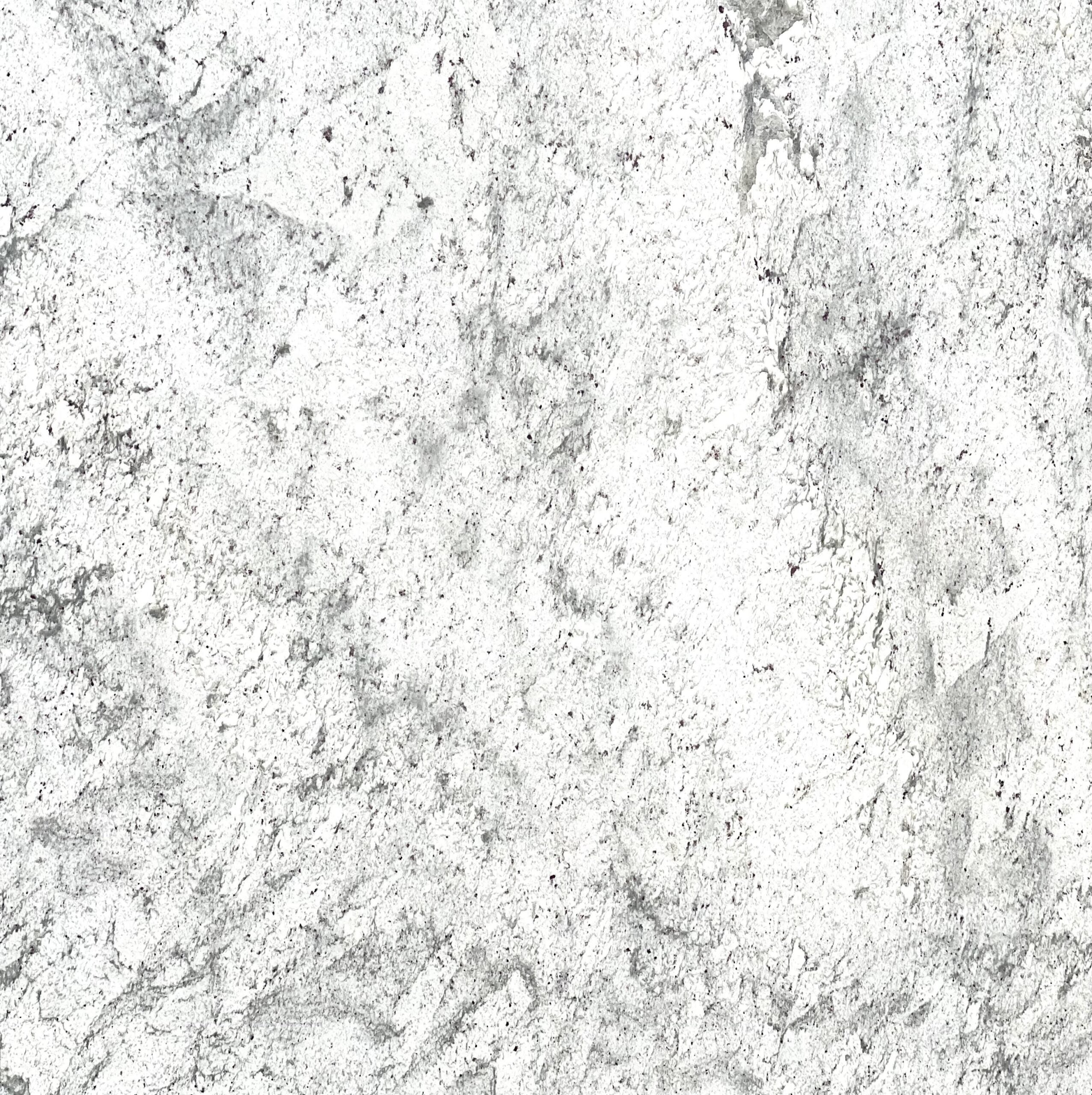Quartz stays strong and good-looking for years. That’s why many people choose it for kitchen counters and bathroom tops. But even if the same material goes in both rooms, the way it works and looks can change a lot. Quartz in the kitchen faces grease, knives, and heat. Quartz in the bathroom handles water, soap, and steam.
This guide explains how quartz fits in these two spaces, what to know before picking one, and why the space it goes in matters. We’ll also talk about colors, edges, sizes, and how to care for it in both places.

What Makes Quartz a Good Choice?
Quartz is a strong surface made from crushed stone and a bit of resin. It feels smooth, holds up to daily use, and comes in lots of colors.
People who look for Quartz near Houston can find many types—some look like marble, some are plain, and some come in deep or bright tones like blue or white.
You can use quartz almost anywhere indoors, but kitchens and bathrooms are the most common. The trick is knowing how the surface meets the needs of each room.
Kitchen Quartz: What to Expect
The kitchen is a space where heat, sharp tools, and food stains show up often. That’s why quartz in this space must be tough. Quartz handles this well—but the setup matters.
Key Features of Quartz in Kitchens
- Heat resistance: Quartz can take heat for a short time, but it’s best to use a mat under hot pans.
- Stain resistance: Spills like wine or oil don’t soak in if you clean them fast.
- Cut resistance: Quartz resists scratches, but cutting right on it may leave marks over time.
- Seamless look: You can get long slabs for large kitchens. This keeps the surface smooth and neat.
- Color choices: Kitchens often use neutral or light tones. White quartz brings a clean look. But bold colors like blue work well for island tops or backsplashes.
- Finish options: Polished quartz is shiny and bright, while matte quartz hides fingerprints better.
Kitchens often need more counter space than bathrooms, so quartz pieces for kitchens tend to be wider. Many designs also allow under-mount sinks, which work well with quartz. That way, there’s no raised edge where crumbs can collect.
Bathroom Quartz: What to Expect
Quartz works great in bathrooms too, but it deals with different things. Water, soap, makeup, and heat from styling tools touch the counter daily. Quartz resists these well, but care and design make a big difference here.
Key Features of Quartz in Bathrooms
- Moisture resistance: Quartz won’t soak up water, so it stays dry and smooth.
- Low upkeep: No need to seal it like natural stone. You can wipe it clean with simple soap and water.
- Easy shaping: Bathroom counters often have curves or cutouts for sinks. Quartz works well for this.
- Soft colors: Most bathrooms use calm tones. White quartz keeps the room bright. Some use pale blue for a soft look.
- Compact size: Bathroom counters are smaller, so one slab may cover it all. This lowers cost and cuts waste.
Quartz can also go behind the sink as a short backsplash. This helps stop water from reaching the wall. In small spaces, the shine of polished quartz helps bounce light around, making the room feel larger.

How Quartz Colors Work in Each Space
Color sets the mood in both rooms. Quartz gives many choices, but how it looks depends on where it goes.
In Kitchens
People tend to pick colors that match wood, tile, or wall paint. White quartz stays a top pick for modern kitchens. It pairs well with both light and dark cabinets.
If the kitchen has bold wall colors or rich cabinets, blue quartz can add a nice touch. It brings color without being too loud.
In Bathrooms
Most bathrooms use soft, clean tones. White quartz fits well with chrome fixtures and clean lines.
Pale blue quartz gives a spa-like feel. It works well with grey or white tiles and adds calmness to the room.
How Edge Styles Make a Difference
The edge of the counter changes the way quartz looks and feels. Both rooms can use any edge, but some work better in one room than the other.
- Flat edge: Works well in both places. It looks clean and modern.
- Rounded edge: Often used in bathrooms. It feels softer and safer for tight spaces.
- Beveled edge: Common in kitchens. It adds a touch of shape without being too sharp.
- Ogee edge: More detailed, often seen in large bathrooms or classic kitchen designs.
Bathrooms tend to use thinner quartz tops. Kitchens often use thicker slabs or stack two pieces to create a bold look.
How to Clean Quartz in Kitchens vs. Bathrooms
Cleaning quartz is easy, but habits change based on the room.
Kitchen Cleaning
- Wipe with warm water and a soft cloth after cooking.
- Clean greasy spots with a mild cleaner that has no bleach.
- Don’t cut food right on the counter. Use a board instead.
- Don’t place hot pots straight on the quartz. Use a pad.
Bathroom Cleaning
- Use warm water and soap to clean toothpaste or soap marks.
- Wipe water drops to keep the shine.
- Don’t leave hair dye or makeup on the surface for long.
- Keep styling tools off the counter while hot.
Both places stay looking good with regular wiping. You don’t need to polish or seal quartz.
How Price and Size Differ
Bathrooms often cost less to cover in quartz since the space is smaller. One small slab may do the job. But kitchens use longer pieces. Some kitchens also use quartz for backsplashes or wall accents, which adds to the price.
Also, installing sinks into quartz costs more in kitchens. Kitchen sinks are bigger and often go under the counter. That means more shaping and time.
What to Think About Before Picking Quartz
Ask a few clear questions before picking quartz for your kitchen or bathroom:
- How much space will the quartz cover?
- Will you use it near water, heat, or sharp tools?
- Do you need holes or cutouts for sinks or outlets?
- What color fits the rest of the room?
- Do you want a shiny or matte surface?
- Are you planning to match other stone in the home?
Think of quartz as a base that sets the tone. It ties together your tile, wall paint, wood, and lights.
Where to Find Quartz Near Houston
If you live near Houston, you’ll find lots of quartz options from trusted sources. You can pick white, blue, or natural tones in sizes that fit your home. For a wide range of styles and help with picking the right slab, Terra Granite gives solid choices.
We also have a large Quartz collection with smooth finishes and color ranges that fit both modern and classic spaces.
Quartz works well in both kitchens and bathrooms. But each space has its own needs. The way the surface looks, the edge shape, the color, and even the cleaning steps may change. Kitchens need surfaces that handle food and heat. Bathrooms need smooth, dry counters that stay bright and clean.
With so many choices in Quartz near Houston, you can match your style, needs, and budget. Just remember—the same stone can do very different jobs in two parts of the home.
And if you want helpful advice and lots of color options like white and blue, check out Terra Granite. Our wide range of quartz slabs fits kitchens, bathrooms, and more.






